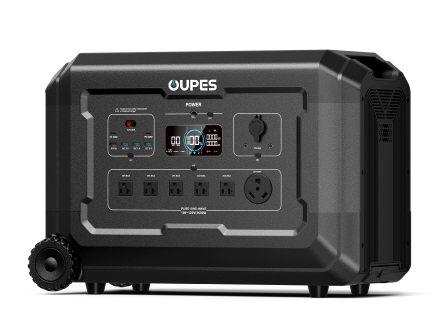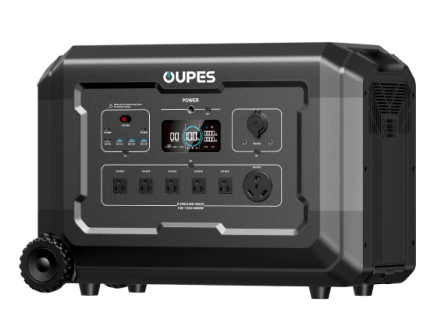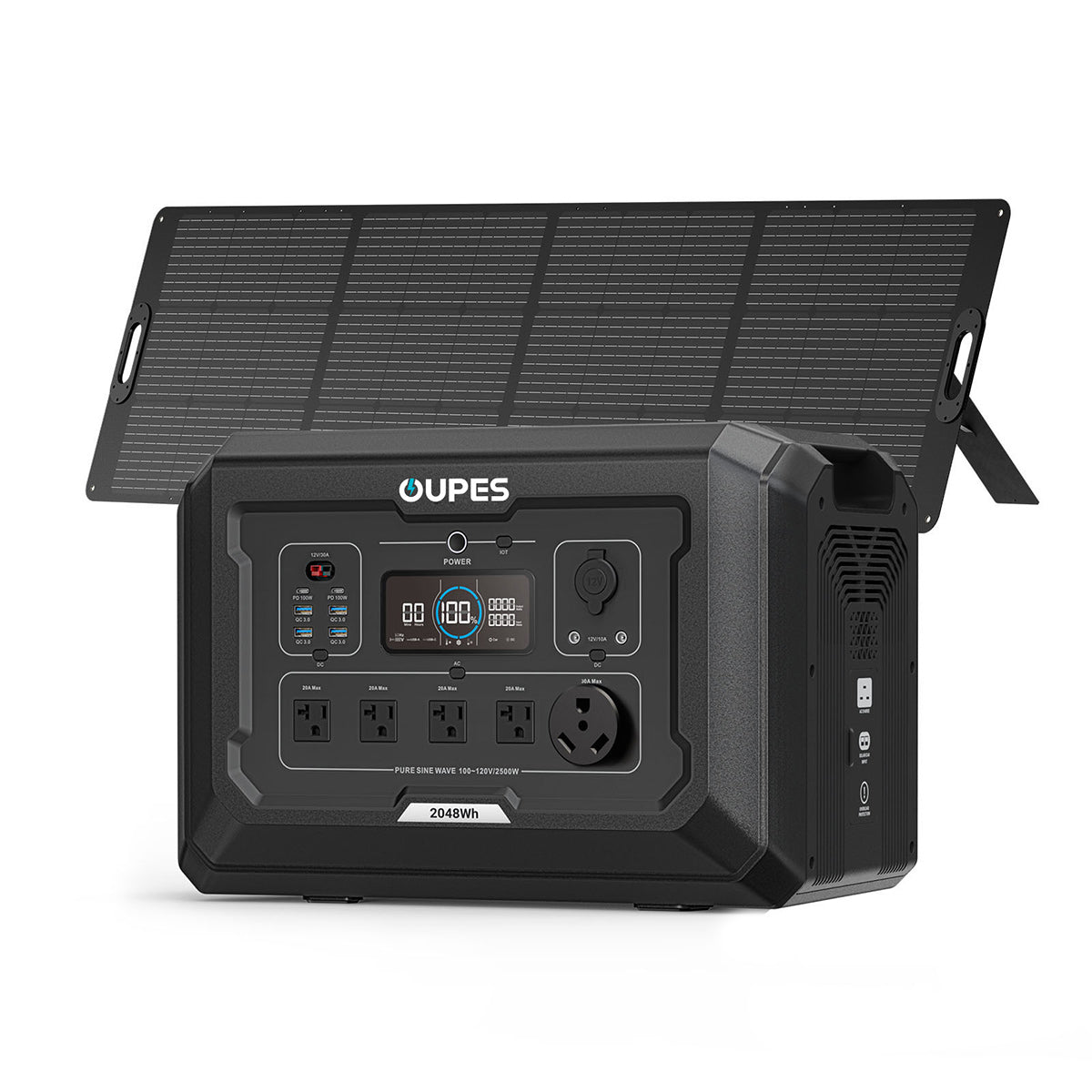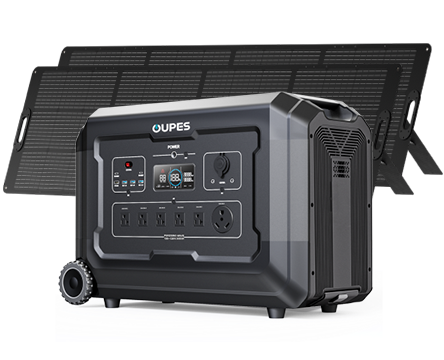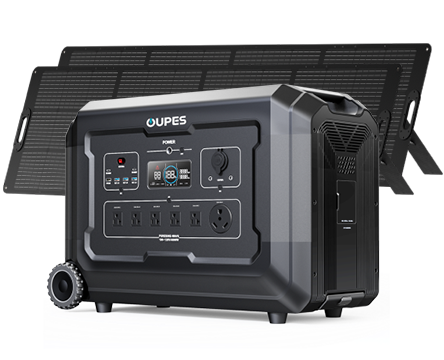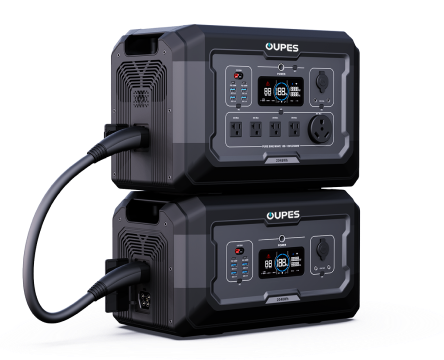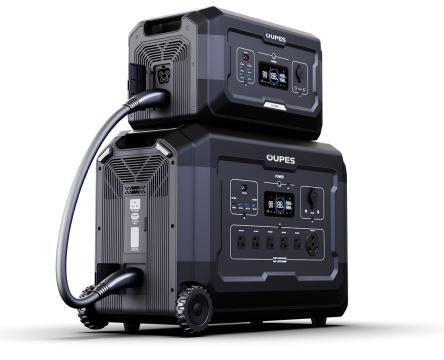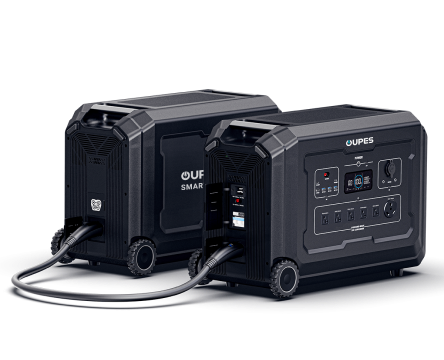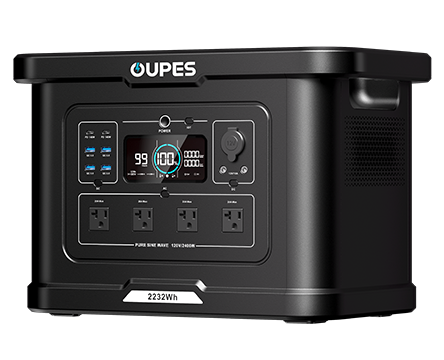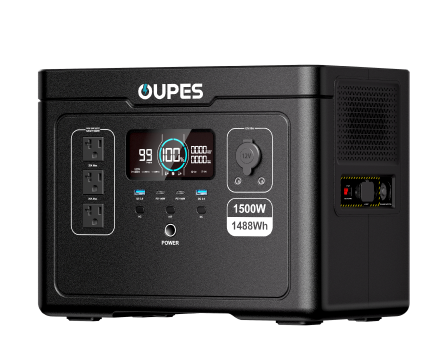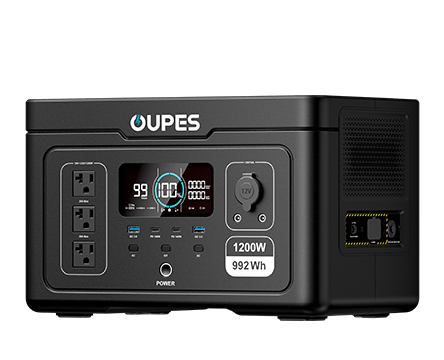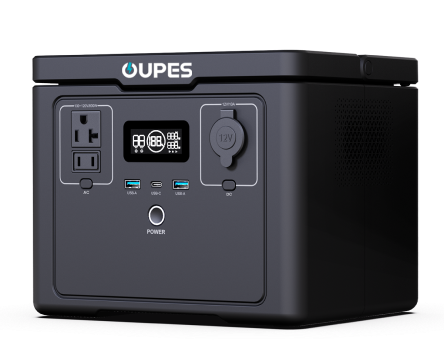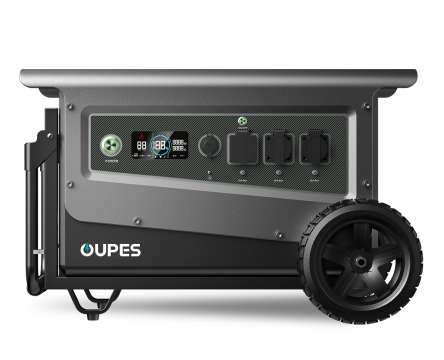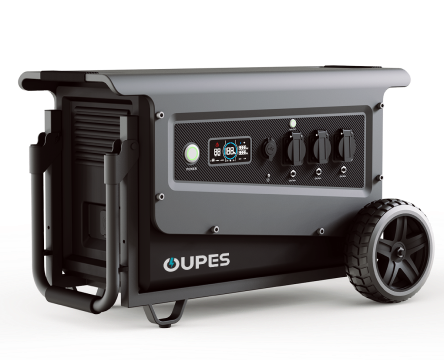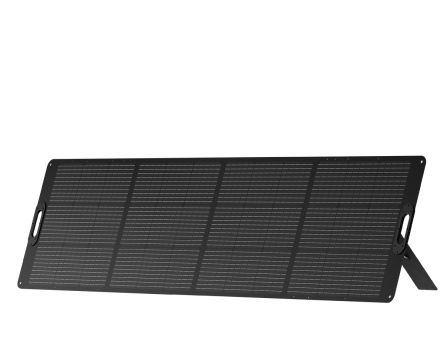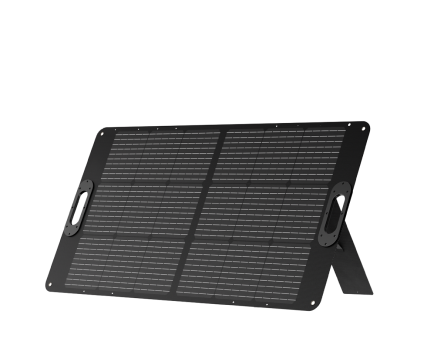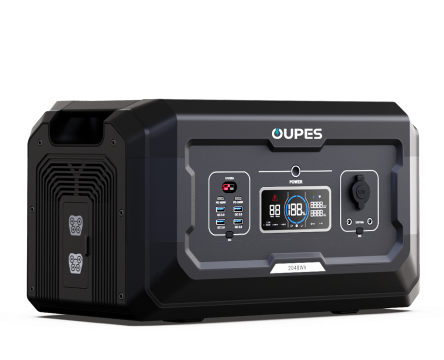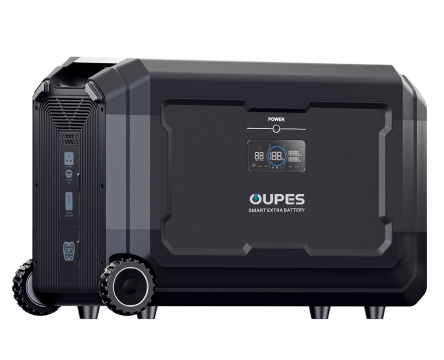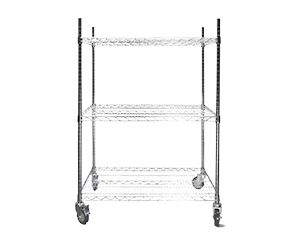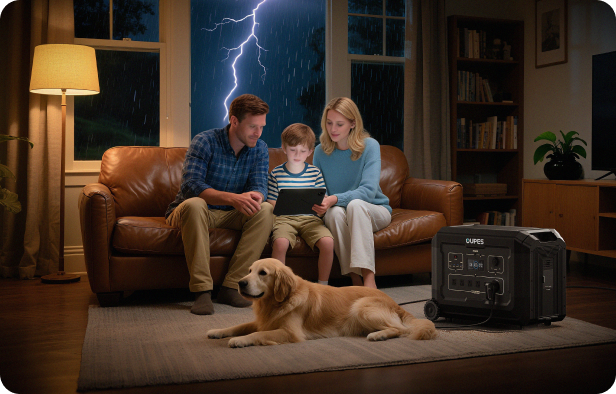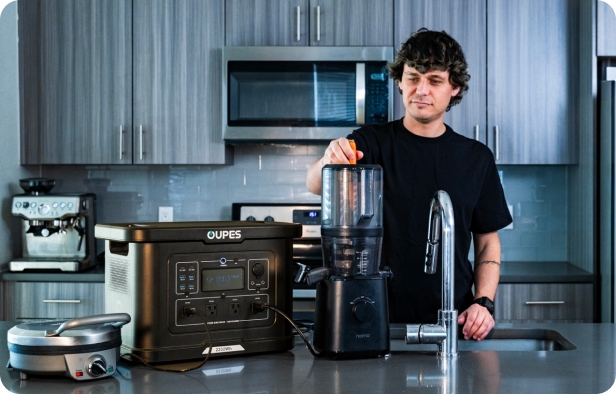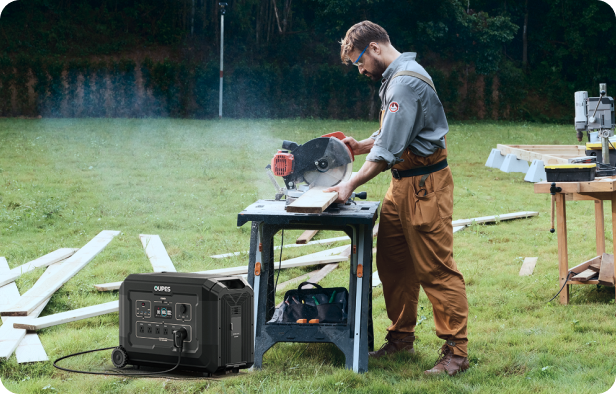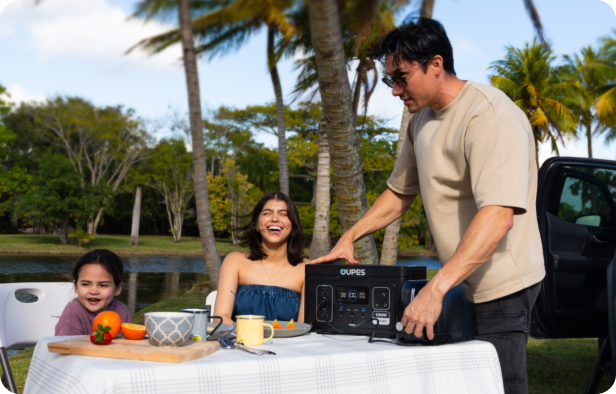
TL;DR / Key Takeaways
- A portable solar generator can power a refrigerator for 6–48 hours depending on battery size and energy use.
- Refrigerators typically consume 1–2 kWh daily, requiring sufficient generator capacity for extended runtime.
- Solar input during daylight hours can extend runtime significantly.
- OUPES offers solar generator solutions designed for reliable household appliance backup.
Introduction
When the power goes out, one of the biggest concerns for households is keeping food fresh. Refrigerators are among the most critical appliances during outages, and portable solar generators have become a sustainable alternative to gas-powered units. Understanding how long a portable solar generator can power a refrigerator requires looking at both energy consumption and generator capacity.
Factors That Determine Runtime
- Battery Capacity: Larger batteries store more energy, extending runtime.
- Refrigerator Size: Mini-fridges use less power than full-sized units.
- Energy Efficiency: Modern, energy-efficient refrigerators consume less electricity.
- Usage Patterns: Frequent door openings increase energy consumption.
- Solar Input: Adding solar panels during daylight hours helps recharge the generator and prolong use.
Average Refrigerator Power Needs
According to the U.S. Department of Energy, most modern refrigerators consume between 100 and 300 watts when running, averaging 1–2 kWh per day. Below is a quick breakdown:
| Refrigerator Type | Average Running Wattage | Daily Consumption (kWh) |
|---|---|---|
| Mini-Fridge | 50–100 W | 0.5–1 kWh |
| Standard 18–20 cu. ft. | 150–300 W | 1–2 kWh |
| Large Family-Sized | 300–600 W | 2–4 kWh |
Runtime Calculations
To calculate how long a solar generator can power a refrigerator:
Runtime (hours) = Battery Capacity (Wh) ÷ Refrigerator Wattage (W)
Example:
- A 1,000 Wh generator powering a 150 W refrigerator → 1,000 ÷ 150 = ~6.6 hours
- A 2,000 Wh generator powering a 150 W refrigerator → ~13.3 hours
- A 5,000 Wh generator powering a 200 W refrigerator → ~25 hours
Solar input during the day can extend these runtimes significantly, as panels recharge the generator while the refrigerator is operating.
OUPES Portable Solar Generator Solutions
OUPES solar generators are engineered to deliver dependable performance during outages. With scalable battery capacity and high solar input options, they can power essential appliances like refrigerators for extended periods, ensuring food safety and convenience in emergencies.
Real-Life Scenarios
Short-Term Outage (6–12 Hours)
A mid-sized generator (1,000–1,500 Wh) can keep a refrigerator running for nearly half a day.
Extended Outage (24–48 Hours)
Larger systems with 3,000–5,000 Wh capacity are more suitable for sustaining full-sized refrigerators for days.
Off-Grid Living
With sufficient solar panels, portable solar generators can operate refrigerators indefinitely as long as there is consistent sunlight.
FAQ
Can a portable solar generator run a refrigerator overnight?
Yes. With sufficient capacity (around 2,000 Wh or more), most refrigerators can run 8–12 hours overnight.
Do refrigerators require extra surge power?
Yes. Compressors require 2–3 times their running wattage at startup, so ensure your generator inverter can handle the surge.
Will adding solar panels extend runtime?
Yes. Panels recharge the generator during daylight, allowing for near-continuous operation in sunny conditions.
What size solar generator is recommended for a full-sized fridge?
At least 2,000–3,000 Wh capacity is recommended for reliable daily operation.
Is it safe to use a solar generator indoors?
Yes. Unlike gas generators, solar generators produce no emissions and are safe to use inside homes.
Conclusion
Portable solar generators provide a reliable and eco-friendly way to keep refrigerators running during outages. By selecting the right capacity and pairing it with solar panels, homeowners can ensure uninterrupted food preservation and peace of mind. OUPES offers scalable solutions that adapt to short-term outages, long-term emergencies, and off-grid living.


